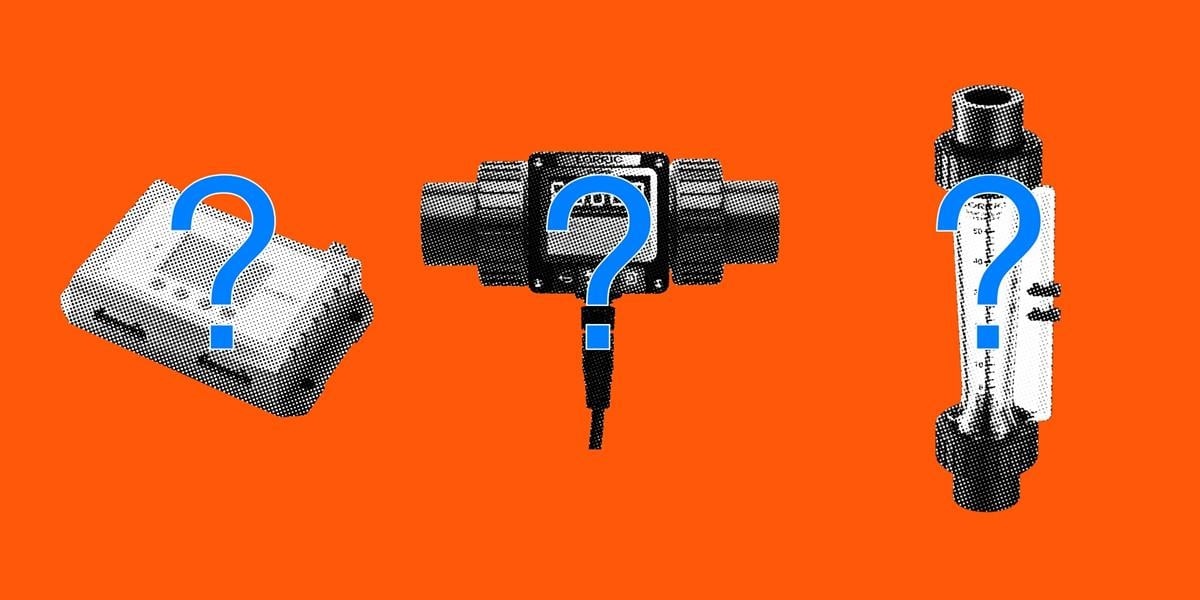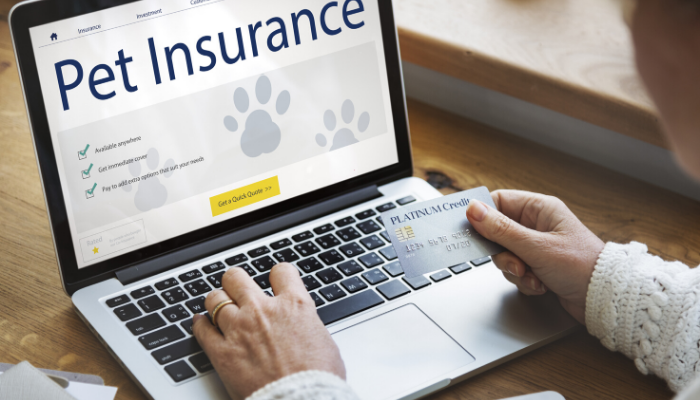Adopting a tech-driven approach to transportation management
Transportation operations are plagued by disconnected systems. Technology will transform transportation management. There are modern solutions to transportation issues.
Transportation management systems
A robust transportation management system serves as the mission control for coordinating end-to-end shipment flows. Transportation management software optimizes asset, load, and routing data by centralizing transportation data and automating planning and execution workflows. With a TMS, enterprises manage freight moves across modes such as truckload, intermodal, ocean, or air from a single platform. Configurable workflows align the TMS to existing business processes while inbuilt analytics uncover savings opportunities. Leading solutions are cloud-based, which reduces TCO and increases agility.
Fleet telematics and sensors
Telematics systems using GPS tracking devices inside vehicles collect huge volumes of real-time data on truck location, status, mileage, temperature, fuel levels, engine diagnostics, driver behavior, and more. You can see how assets are used and shipments are doing. Data-driven routing, proactive vehicle maintenance, driver performance improvements, and other metrics-driven enhancements are possible.
IoT and edge computing
Wireless networking allows data from embedded sensors to be collected by IoT smart devices and integrated into central management systems. IoT-enabled assets like trucks, containers, rail cars, etc. generate enormous real-time data. Edge computing architecture analyzes and processes this data locally on gateways and devices instead of sending large volumes to the cloud. It reduces costs and latency while enabling real-time response. The insights help optimize assets, flows, and decision-making.
Digital twin modeling
A digital twin is a virtual computerized replica of physical assets and systems connected via IoT that enables the simulation of what-if scenarios to predict optimal outcomes. Transportation companies leverage digital twins of vehicles, routes, warehouses, etc. to identify the best options and strategies without real-world disruption. Digital twin modeling optimizes contract logistics designs, identifies potential bottlenecks, and tests new operating protocols through low-risk virtual simulation before actual implementation.
Driving rapid adoption
However, technological advancement alone is insufficient. Transportation companies must also cultivate a data-driven organizational culture and focus on change management strategies that drive adoption and maximize ROI on technology capabilities:
- Secure executive commitment with clear metrics on expected benefits. Obtain buy-in across the organizational hierarchy.
- Gradually roll out the technology in phases focused on pain points rather than an overnight overhaul.
- Simplify integration with legacy IT systems like ERP and accounting tools that operations rely on.
- Involve personnel across dispatch, fleet management, and warehouse teams in technology selection and workflow design for ease of adoption.
- Invest in training and workshops tailored to different users – from executives to truck drivers.
- Gather frequent feedback through surveys and open channels to refine solutions and business processes for optimal usability.
- Showcase technology successes through metrics and user testimonials to build credibility and usage enthusiasm.


















